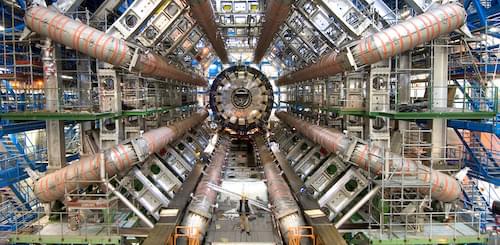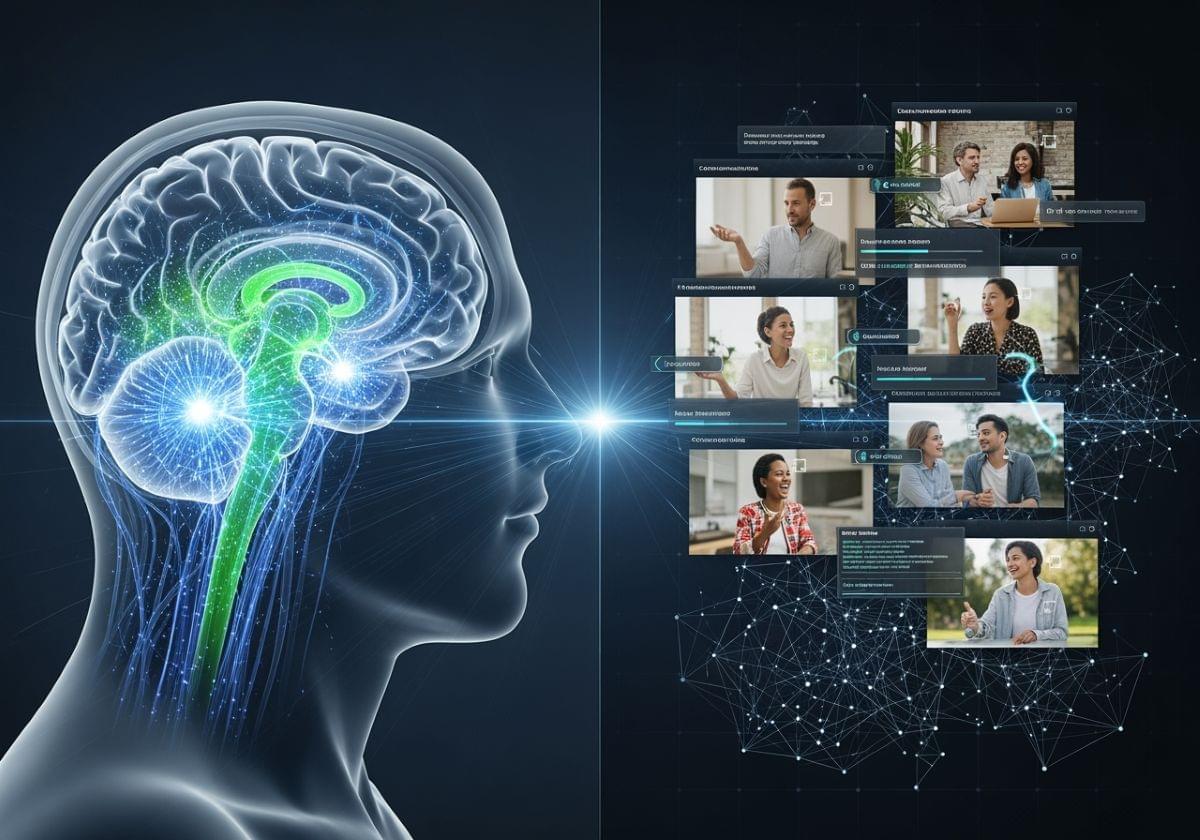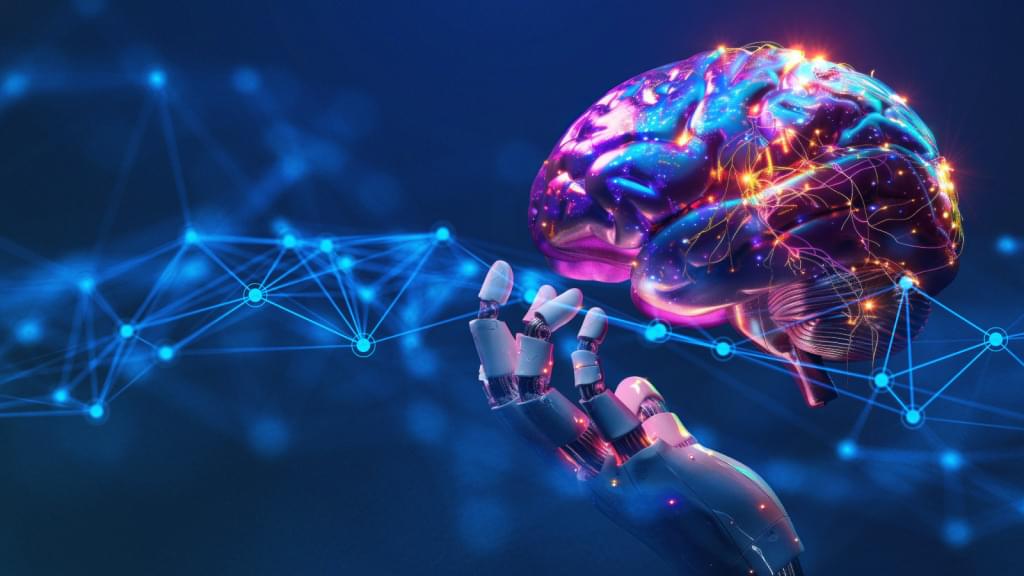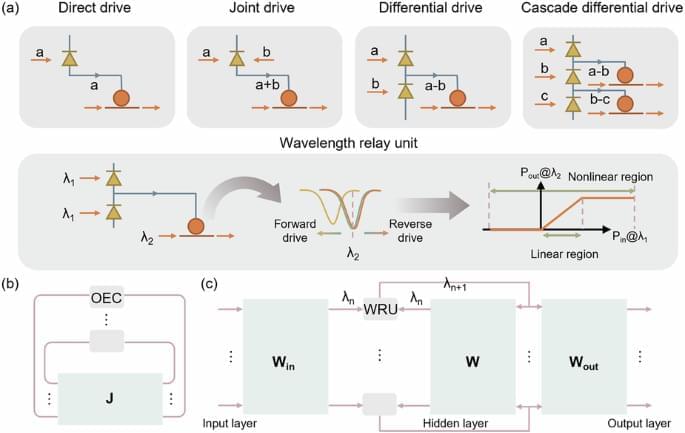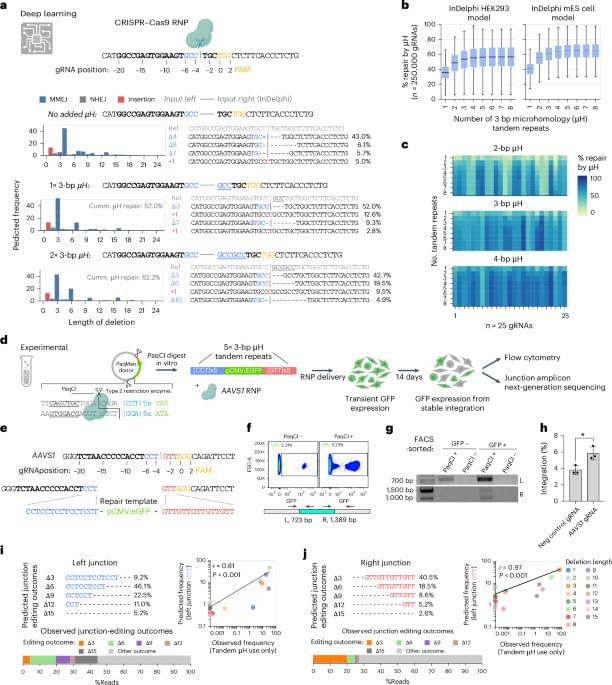A deep neural network has proven essential in confirming a key prediction of one of the standard model’s cornerstones.
The Higgs mechanism explains why the electromagnetic and weak interactions have such drastically different strengths—that is, how their symmetry became broken a picosecond after the big bang. The Higgs does not interact with photons, rendering them massless, whereas they do interact with the carriers of the weak interaction (the W+, W–, and Z bosons), giving them masses of order 100 GeV. Their nonzero masses allow them to acquire a longitudinal polarization—that is, a spin orientation perpendicular to their direction of motion. Because of special relativity, photons and other massless bosons that travel at the speed of light can’t have longitudinal polarization, but the W and Z bosons and other massive particles can. If electroweak symmetry had been broken not by the Higgs mechanism but by a different interaction, there would be no Higgs boson to find.
